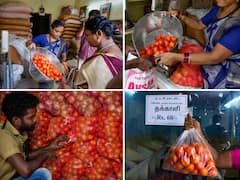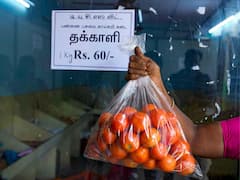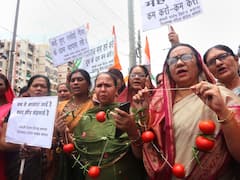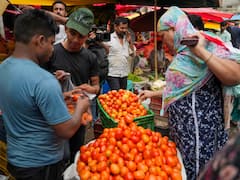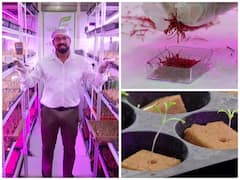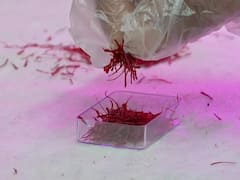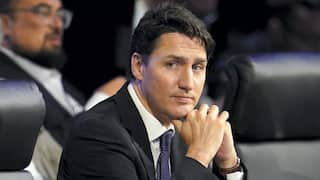For Small Cotton Farmers In India And China, Lack Of Water Availability Top Concern
Almost every cotton producing region will be negatively impacted by climate change, and small-scale farmers already indicate it is a struggle to adapt fast enough to maintain reliable production.

While crucial for the livelihoods of millions of farming families across the world, cotton farming practices often result in ecological harm. Almost every cotton producing region will be negatively impacted by climate change, and small-scale farmers already indicate it’s a struggle to adapt fast enough to maintain reliable production. Although the adoption of “more sustainable” cotton certifications has risen over the last decade, many companies continue to lag behind even in meeting basic sustainability standards. While sourcing decisions remain vital to promoting sustainability in the industry, relying solely on voluntary standards is not a viable solution to address the challenges of cotton sustainability.
Production And Consumption
The main producing countries of India, China, the US, Brazil, and Pakistan produce more than three-quarters of the annual global production of about 26 million metric tonnes. Cotton consumption refers to the use of cotton fibres by mills to produce yarn. This normally takes place in producing countries with a garment industry. China’s textile industry dominates the market, followed by India, Pakistan, Vietnam, and Bangladesh. In the past decade the sector experienced regular supply shortages. World cotton production is projected to grow 1.6 percent per year and will result from an expansion of the harvested area. Yields in major producing countries have been stagnating since 2004 because of pest problems and water scarcity.
Cotton is a small-scale farmers’ affair. An estimated 24 to 32 million farmers grow cotton on tiny landholdings, good for 75 percent of global production. This is reflected in the farmer profiles of this study, whereby the vast majority of small-scale farmers grow cotton on less than 2 ha in China, Ethiopia and India.
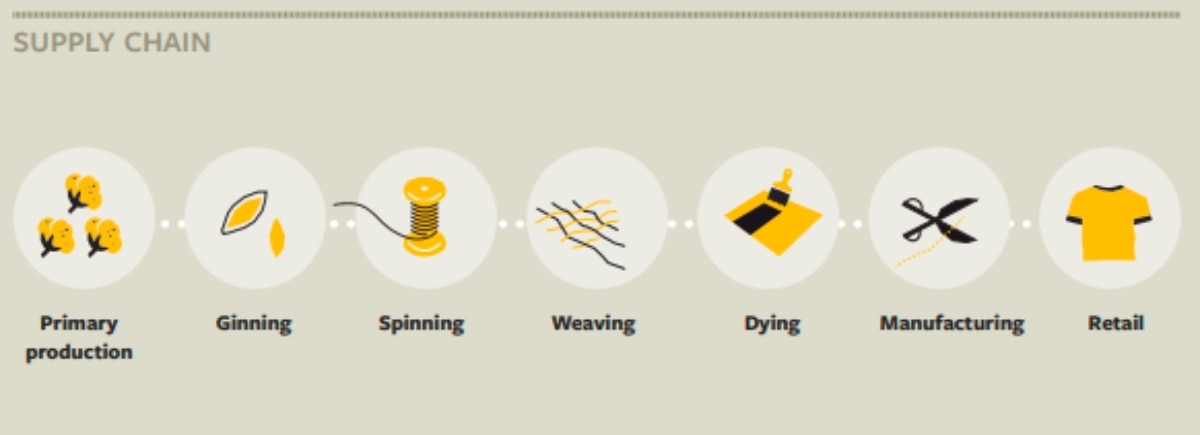
Profitability
Several droughts in key producing regions, in combination with strong demand, has resulted in the highest cotton prices in a decade. Furthermore, the lingering impact of the COVID pandemic, the US ban on cotton from China and the conflict in Ukraine, has created an unparalleled level of stress in the supply chain. Impacting transportation, labor availability, access to inputs and raw materials. In 2021, the recovery in global consumption triggered a strong increase in cotton prices.
Current (2022) high prices may explain why farmers consulted have a fairly positive perception linked to prosperity. Indicating that they feel reasonably compensated for their efforts and are able to cover basic needs. However, higher input costs (fertilizer, chemicals and labor) due to supply-chain disruptions are likely to increase costs of production. Furthermore, we see that farmers who depend mainly on farming, are comparatively less positive, indicating that a lack of income diversity increases vulnerability. In our assessment, data further shows that farmers with producer organization membership are overall more positive on prosperity aspects than non-members.
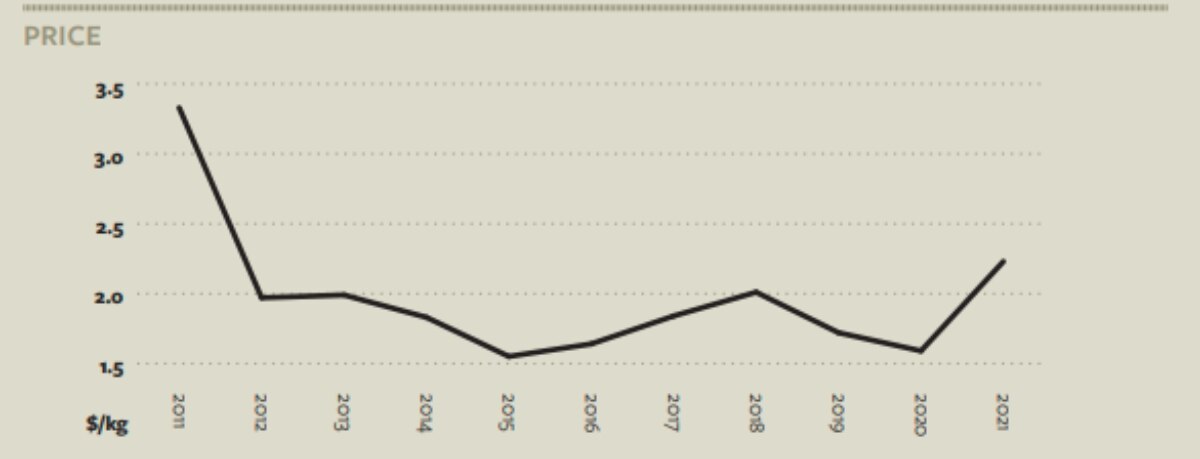
Inclusivity
In the three countries where we interviewed farmers – China (the research sample is from the Gansu province only), India and Ethiopia – cotton is a crucial crop for the national economy. Partly as a direct export cash crop, but especially to serve the national textile industry. As such, the government in each country tries to stimulate local production by creating a favorable supportive infrastructure. In India the government uses, among other instruments, a Minimum Support Price to protect the income of farmers where China safeguards local production by setting up trade tariffs and substantial subsidies. China allocates more subsidies per kilogram of cotton than any other country in the world.
This appears to pay off in both India and China, farmers in both countries seem quite content concerning access to inputs, credit, extension services, information on price and policy support from the government. In Ethiopia farmers have a slightly negative perception on both government and farmer organization support. Most farmers in Ethiopia are organized in cooperatives and unions, or under contract with large farms or ginneries. However, while significant in number, their production volume is limited whereby 70 percent of all cotton in Ethiopia is produced on large estates (200 ha plus). This could clarify governmental support is mainly directed to large farms.
Analyzing the scores across gender, it is noteworthy that women farmers in India and Ethiopia have given significantly lower scores than men linked to inclusivity aspects. This could be explained, as in most agricultural sectors, that participation of women is hardly recognized, making it difficult for them to access services or inputs.
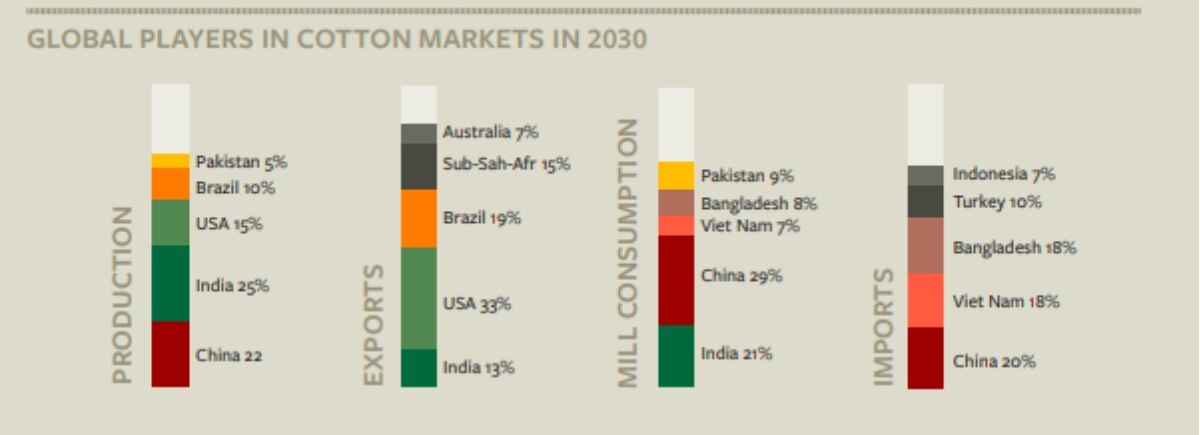
Balance with nature
Despite common perceptions, cotton is not always a water-intensive crop. It boasts a moderate level of drought resistance, over 50 percent of the world’s cotton fields rely solely on rainfall for irrigation. However, if not managed well, its production depletes freshwater resources, causing water stress for local communities. This is most likely to get worse, since climate models reveal that by 2040 water scarcity and erratic rainfall will increase the impact of drought in half of global production regions. For instance, in India climate change is expected to impact one third of India’s production regions. Our interview results demonstrate this is not just a future scenario, it’s already a daily reality. Practically all farmers in India and China indicate a lack of water availability impacting crop productivity.
In addition to excessive water consumption, current cotton production practices require heavy pesticide use due to regular pest attacks. While being grown on only 2.5 percent of the world’s agricultural land, cotton is responsible for using 16 percent of insecticides and nearly 7 percent of herbicides globally. These agrochemicals, as well as fertilizers, end up in water sources, having a serious impact on farmers and worker’s health.
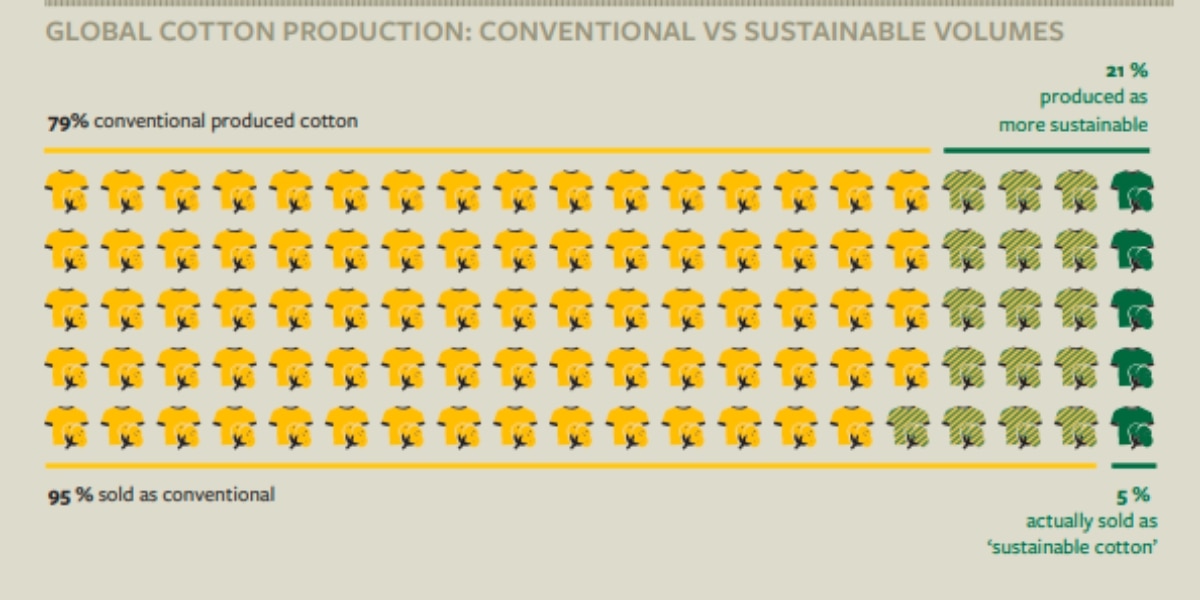
Challenges
Sustainability considerations will continue to influence future demand and supply of cotton. Looking at the serious environmental impact of conventional cotton production it is difficult not to feel alarmed by the challenges millions of small-scale farmers are facing. Voluntary standards promote the cultivation of sustainable cotton, the Better Cotton Initiative (BCI) is the main player, accounting for more than 45 percent of sustainable cotton supply in 2018, followed by the Responsible Brazilian Cotton initiative with 35 percent. However, due to a lack of demand, 75 percent of this sustainable cotton is sold as conventional cotton on the market. More specific solutions for small-scale farmers are available too, for example organic cotton. Although this is consuming drastically less water (up to 90 percent), and excluding toxic pesticides, its market share is only 1 percent compared to the conventional volume (see infographic).
ALSO READ | What Worries Small Sugarcane Farmers In India, Brazil And Mexico
Edited by Jeroen Douglas, Executive Director, Solidaridad Network. Author Sjoerd Panhuysen is a sociologist specializing in environment and sustainable development and is associated with Ethos Agriculture.
This is an edited excerpt from the Small Farmer Atlas published by international CSO Solidaridad Network. The Atlas surveyed close to 10,000 small-scale farmers across Asia, Africa and Latin America to gain insights on how they view sustainable development, particularly regarding their household income, access to markets, and utilization of natural resources. You can find the full report here)
[Disclaimer: The opinions, beliefs, and views expressed by the various authors and forum participants on this website are personal and do not reflect the opinions, beliefs, and views of ABP News Network Pvt Ltd.]
Trending News
Top Headlines















